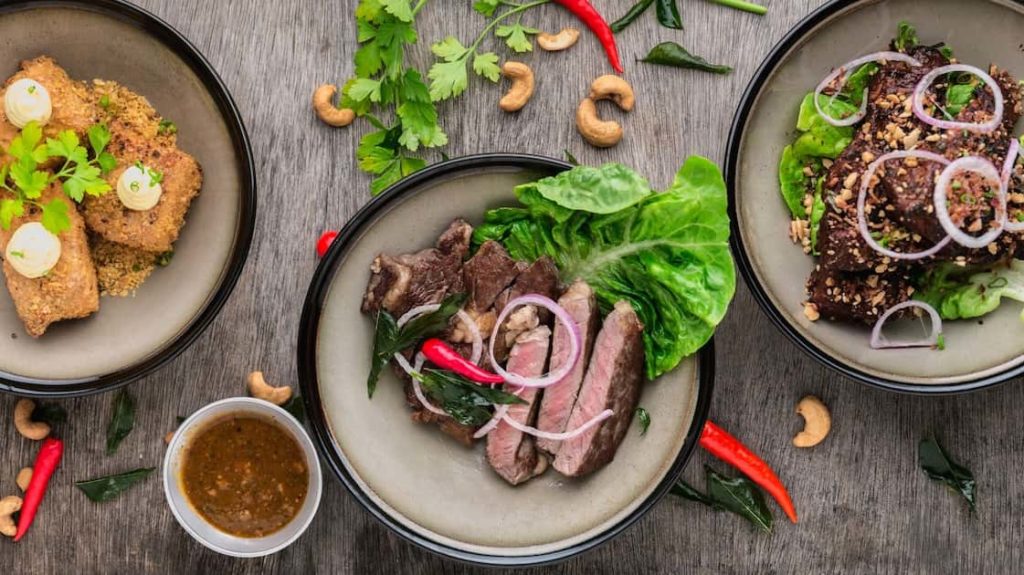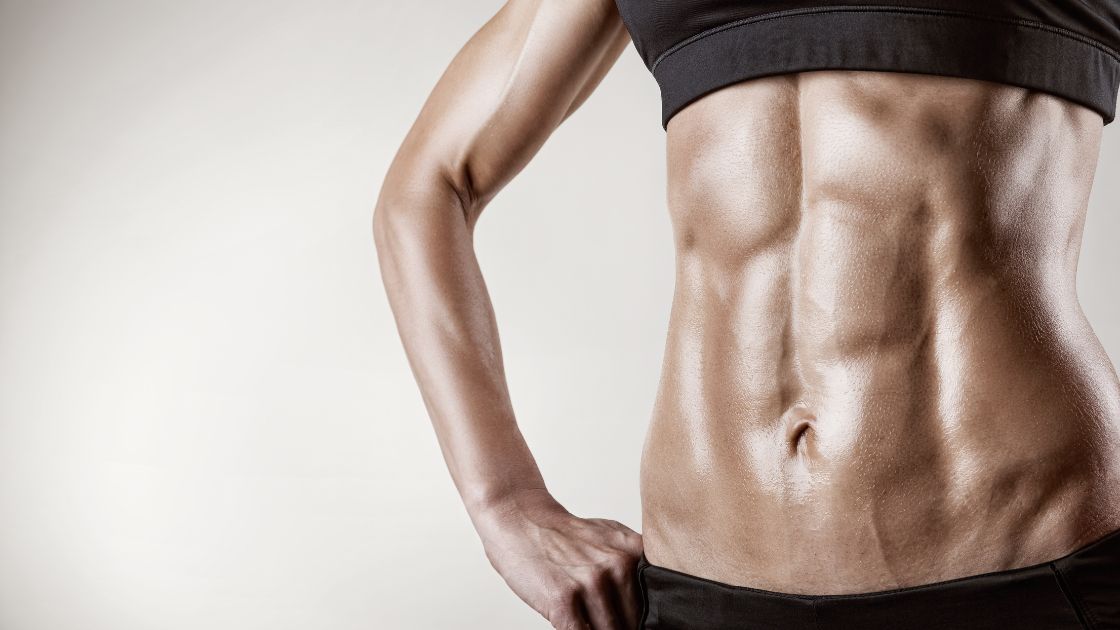Why Starting with Protein Is the Most Effective Strategy for Any Nutritionally Based Wellness Program

Whether it is the latest dietary fad to lose weight, bio-hack to rebuild after exercise, or preventing disease plan, all sound dietary strategies center around protein. You might not realize it, but when you are counting points or counting your macros, you are either directly or indirectly being pushed towards more protein in the diet. Because, at the end of the day, nutrition is nutrition. The food that is available to us and the food choices we make may change, but nutrition physiology does not. Protein rarely contributes to weight gain and is responsible for the daily building and repairing of the body.
Why Start With Protein?
There are only three macromolecules (“macros”) that your body can digest as food for energy production or building blocks for growth and repair: protein, carbohydrate, and fat. So, only eating “balanced meals” is a form of “counting your macros” because you have to have each of them present at every meal. I call it “identifying your molecules”. The first step to success with this plan is knowing what is a protein, what is a carb, and what is a fat. And, you typically start with protein because there are a few things that are special about proteins.
Your Body Is Built to Be in Motion
No matter what your goal is, you have to move. Your body is built to be in motion. You body is built to be broken down and repaired. Motion in the body is carried out by muscles. I like the phrase “you work or we work”. It is so simple, almost poetic, but it is often not fully understood. Our body is built to do work.
Work has many different interpretations whether you’re an engineer or Certified Strength and Condition Specialist or a massage therapist. Work can mean the product of force and distance or the ability to accomplish a goal. Not only are we built to be in motion to accomplish tasks such as breathing, getting food and water, escaping danger, we are also able to repair ourselves. We can lift heavy things, run to save our lives, plays sports, all of which takes a toll on our musculo-skeletal system. But fortunately, we can repair any damage we take along the way. As long as we have protein. Protein is the main building block of our bodies. We can not store it, we can only get it through our diet. We simply don’t work right without protein.
Professional Athletes
The professional athlete is the obvious example of someone who relies on their physical body always working. A high-performance athlete like a professional football player needs to think fast, coordinate movement, sprint at top speed, stop quickly, change directions, get hit, and then get back up and do it all over again and again. To keep their musculoskletel system healthy, they need to grow and repair as efficiently as possible.
For the professional athletes that we have as patients, we use a very easy formula to guide them on the amount of protein they need per meal. We take the athletes body weight and multiple by .75 to get the number of grams of protein they need per day, then divide that number by 30 to determine the number of meals they need to per day.
Example:
180 pound athlete x .75 = 135 grams of protein / 30 = 4 ½ meals per days
In this example, we would be recommending our 180 lb athletes that they eat 5 meals per day with 27 grams of protein at every meal. Please read How Many Times Should I Eat Per Day? to better understand why we use .75 to get grams per day or divide by 30 to determine the number of meals per day and how we use that information to meal plan.
What About Non-Athletes?
Most of us are not professional athletes. We are not using our bodies for peak physical work on a daily basis. However, our bodies have the same design principles: they breakdown through use and have to built back through nutrition. However, we move every day and research tells us that moving well and moving often are part of the keys to maintaining our ideal weight, living pain-free, and aging well.
How many parents out there have difficulty getting our kids to eat what we believe to be nutritious foods? And, believe me, some kids are more challenging that others! Our children need protein to grow into adults. The process by which our kids grow is ultimately reliant on adequate intakes of the building blocks of growth: protein.
Stay in Fat Burning Mode
The goal of a person trying to lose weight is to drop body fat percentage. So, a person has to ensure that they stay in fat burning mode for as long and often as possible until the desired goal is achieved. Protein is the best macromolecule to ensure the body is able to go back into fat burning mode as quickly as possible after a meal.
For additional information, read our Blog on How to keep your body in fat burning mode.
Written by: Randy Moyer, DC, CSNC
Photo by Lily Banse on Unsplash





